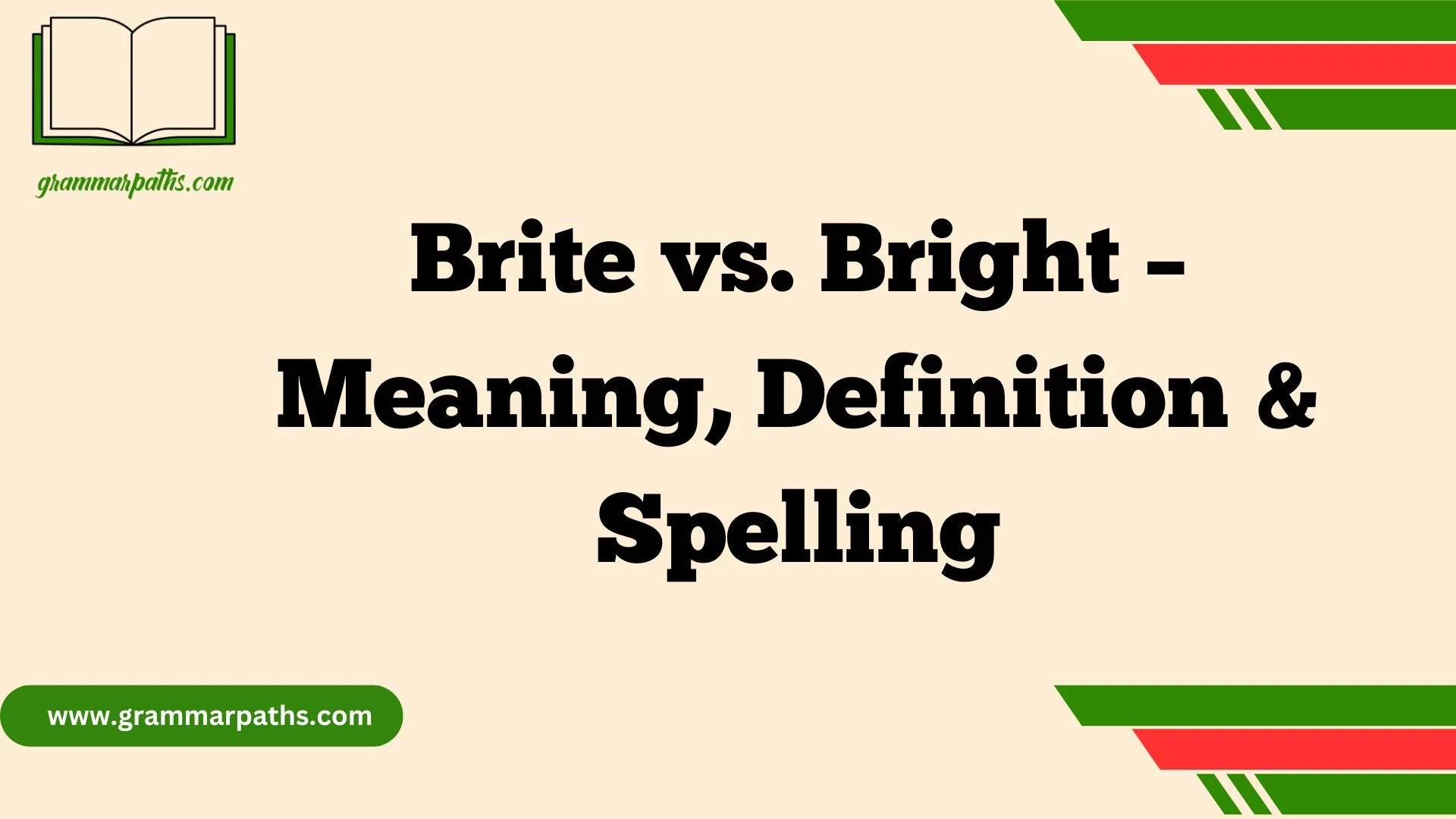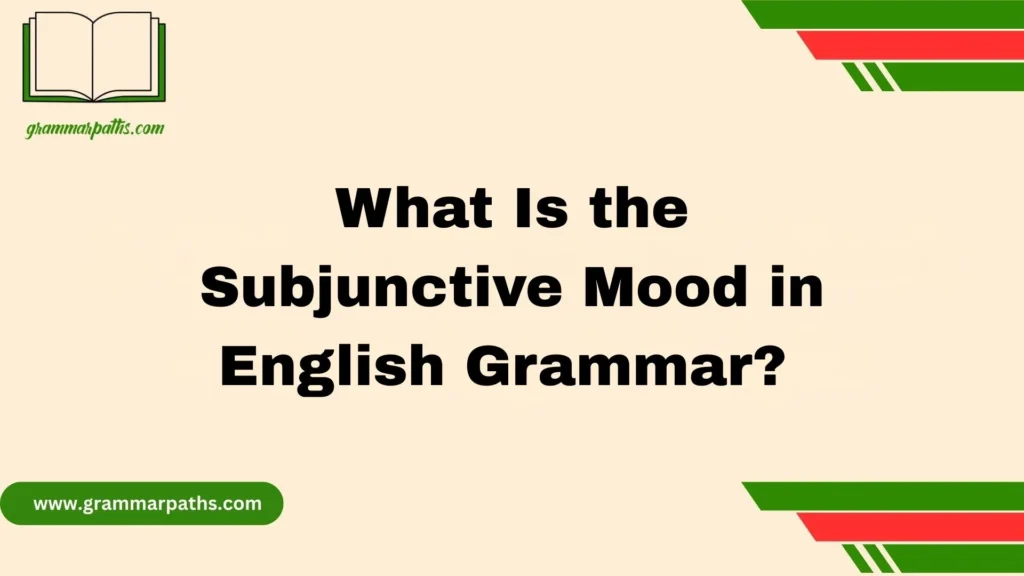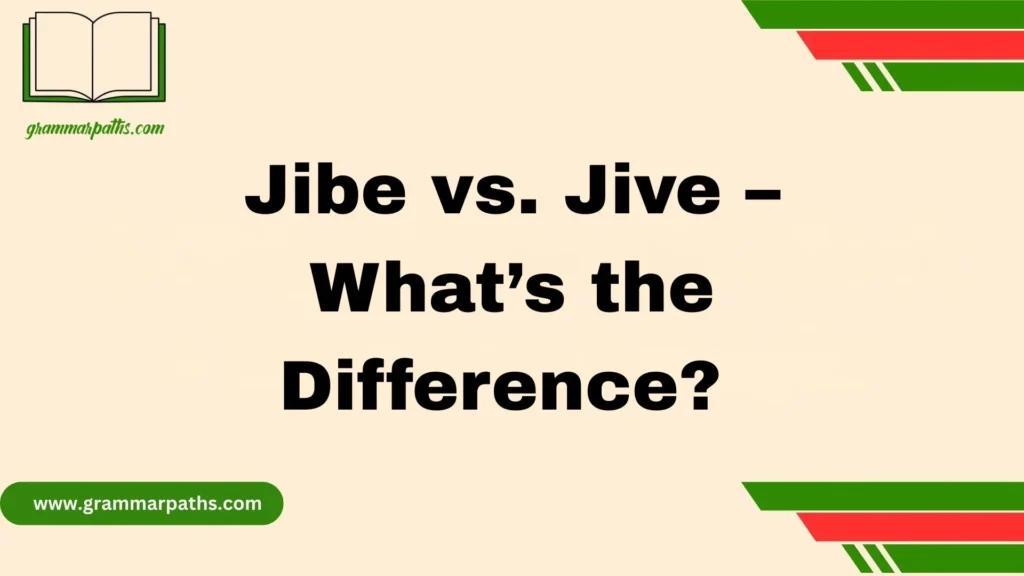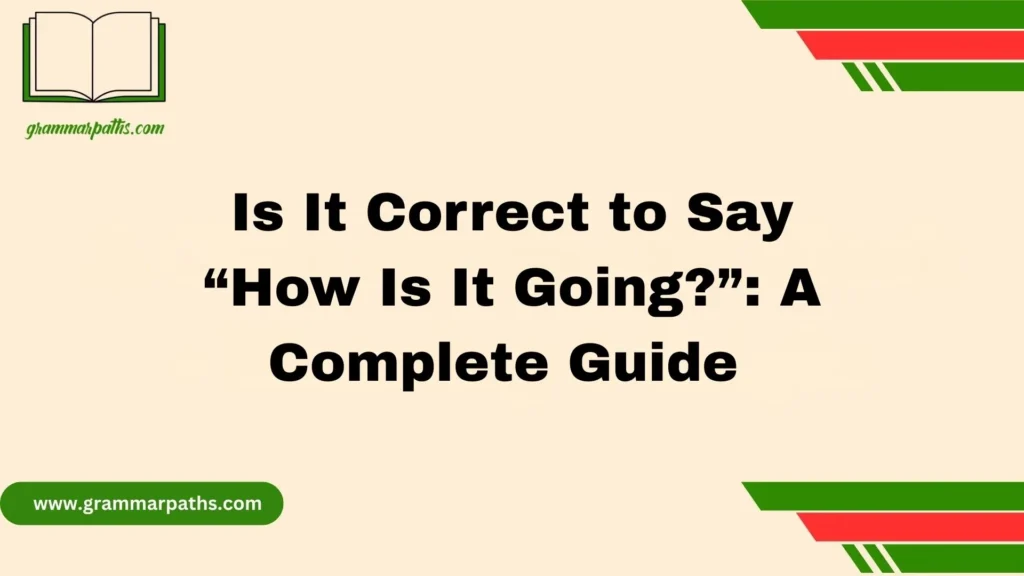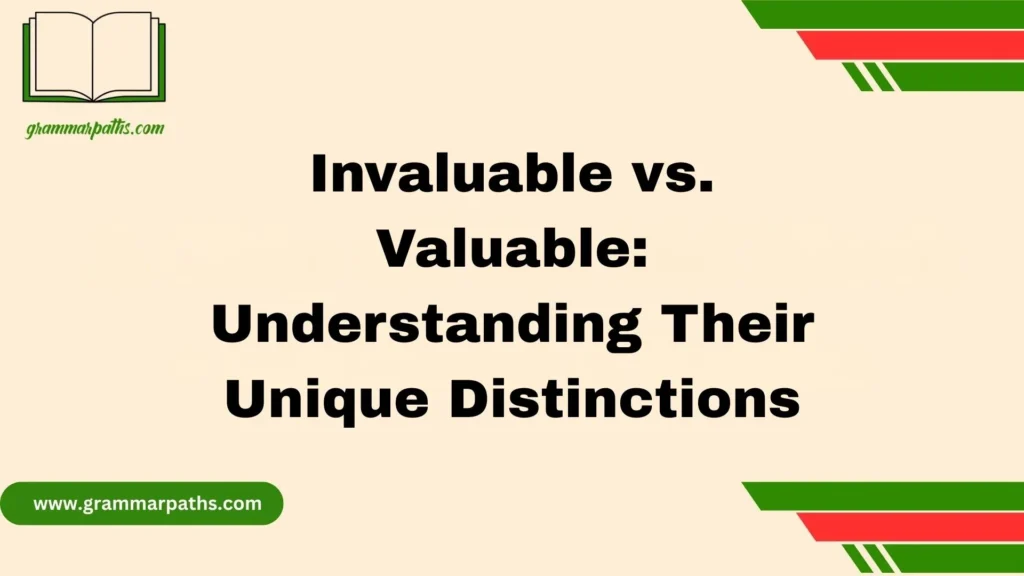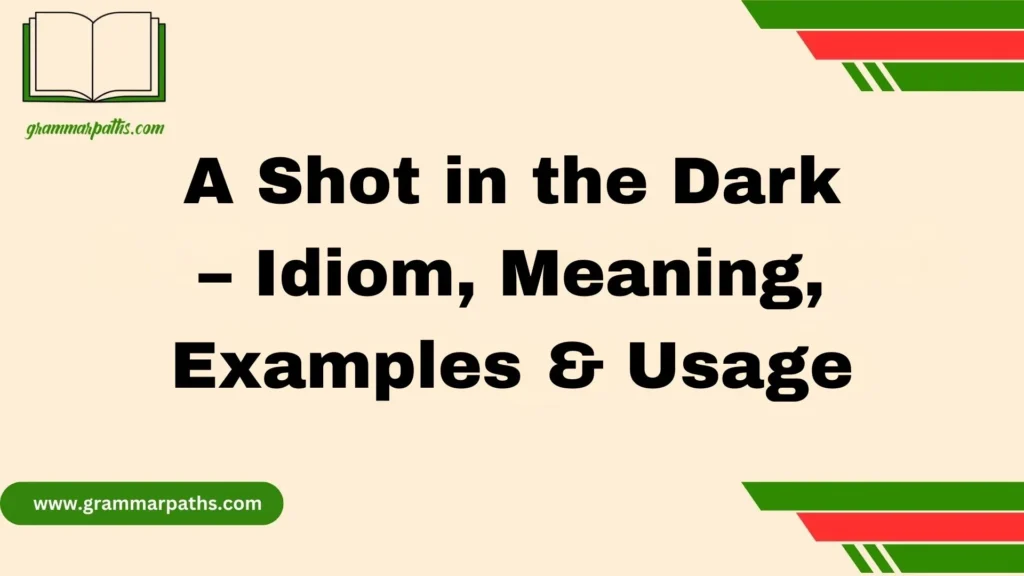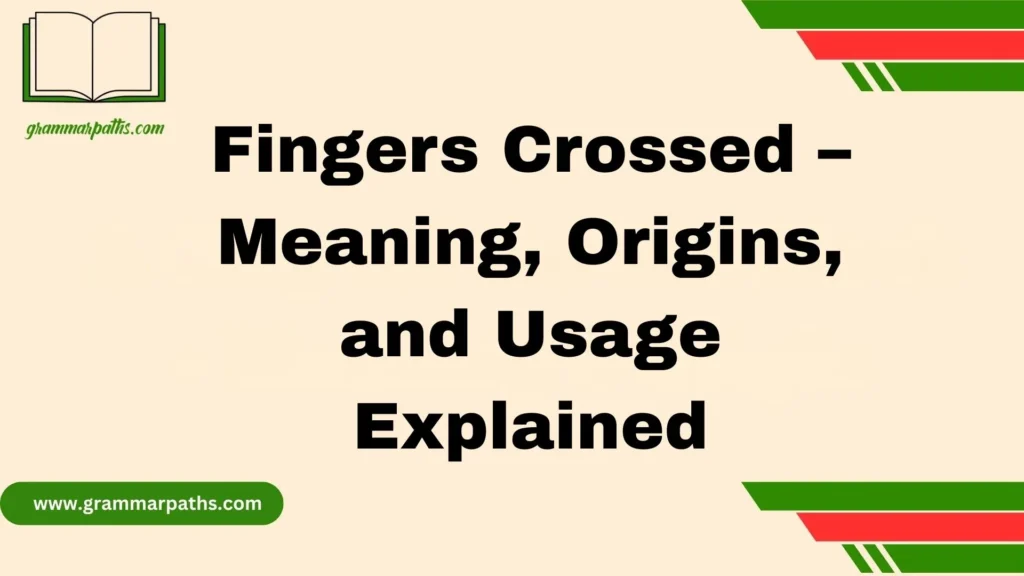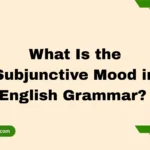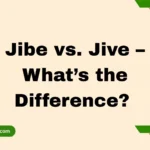When discussing Brite vs. Bright – Meaning, Definition & Spelling, we must look at how one word can have multiple meanings and uses in English. The spelling may change the tone entirely, which leads to confusion in writing, especially for learners sharpening their communication skills. Each term serves a different purpose, and knowing how to apply them correctly is key. From reading and real-life application, I’ve seen how one difference in spelling can affect each sentence’s clarity and meaning.
The word bright is standard, used to describe something that shines, gives light, or even refers to someone intelligent—for example, “The sun is bright today” or “She’s a bright student.” Meanwhile, “brite” is commonly used in brand names like “StarBrite Toothpaste.” It’s a playful variation, informal, and not recognized in formal contexts. Though the two words are pronounced the same, the choice of spelling is crucial in both product naming and grammatically correct writing.
Summary:
“Bright” is the traditional, dictionary-recognized spelling, used in formal contexts to describe something glowing, vibrant, or intelligent, such as a sunny day or a smart student. “Brite”, on the other hand, is a modern, stylized variation not found in dictionaries but embraced by brands like Light Brite and Rainbow Brite for its sharp, fresh, and innovative feel. While both are pronounced the same, they differ in meaning, usage, and tone—“Bright” aligns with standard English, whereas “Brite” reflects a creative, marketing-driven choice. This shift illustrates how language evolves, with alternative spellings becoming powerful tools for brand identity and audience connection.
Brite vs. Bright: What’s the Real Difference?
Let’s get one thing straight right away:
- Bright is a standard English word found in all dictionaries.
- Brite is a non-standard spelling, most often used for branding, marketing, or stylistic choices—not in formal writing.
Here’s a quick comparison table:
| Feature | Bright | Brite |
| Dictionary Word | ✅ Yes | ❌ No (not in formal dictionaries) |
| Part of Speech | Adjective, Noun | Mostly used as a proper noun (names, brands) |
| Usage | Everyday English, formal and informal | Informal, creative, brand-specific |
| Acceptable in School/Work? | ✅ Yes | ❌ No |
| Example | “The future is bright.” | “Welcome to Brite Academy.” |
Is “Brite” a Real Word?
Technically speaking—no, “Brite” isn’t considered a proper word in formal English. You won’t find it in Merriam-Webster or Oxford English Dictionary unless it’s listed as a variant spelling in a brand or trademark.
Where “Brite” Comes From:
- Marketing strategy: Brands shorten or alter spellings to make names more memorable.
- Trademarking advantage: Unique spellings are easier to trademark and stand out.
- Digital branding: Shorter domain names and visual appeal in logos.
Quote: “Brite isn’t a word in the traditional sense. It’s a clever twist that plays with the mind and the market.” — Marketing Strategist, Brandify Inc.
Common Uses of “Brite”:
- Lite-Brite: Classic children’s toy
- Brite Smile: Cosmetic dental brand
- Brite Futures: Indie pop band
- TechBrite: LED lighting solutions company
What “Bright” Really Means
Unlike “Brite,” the word “Bright” is rich in meaning, history, and versatility. It has been a part of the English language since Old English (“beorht”), used to describe:
Literal Meanings:
- Giving off light: “A bright room”
- Vivid in color: “Bright red dress”
- Shiny or polished: “Bright silver”
Figurative Meanings:
- Intelligent: “She’s a bright student.”
- Hopeful or promising: “The future looks bright.”
- Cheerful or lively: “He had a bright smile.”
Synonyms for “Bright”:
- Radiant
- Brilliant
- Vivid
- Smart
- Promising
Here’s how it looks in context:
| Usage Type | Sentence Example |
| Describing light | “The hallway was bright and airy.” |
| Intelligence | “Only the brightest minds were invited.” |
| Hope/positivity | “They were planning for a bright future.” |
Why Brands Use “Brite” Instead of “Bright”
It’s all about identity. In the competitive world of marketing, a brand needs to stand out, be searchable, and trademarkable. That’s where spelling creativity comes into play.
Why “Brite” Works for Brands:
- Shorter name = easier to remember
- Unique spelling = easier to trademark
- Modern appeal = techy and youthful vibe
- Visually catchy = simpler logos and branding
Case Studies of Brands Using “Brite”:
| Brand Name | Industry | Reason for Using “Brite” |
| Brite Smile | Dental aesthetics | Stands out from “Bright Smile”, clean domain name |
| Lite-Brite | Toys | Rhyming, playful, unique spelling |
| Brite Futures | Music/Entertainment | Catchy and modern twist |
| TechBrite | LED lighting | Industry relevance + concise branding |
Fun Fact: Trademarks often reject overly common words. So “BrightTech” might fail, while “BriteTech” gets approved.
Common Mistakes: When People Confuse Them
The main problem arises when people unknowingly use “Brite” in places where “Bright” is expected—especially in academic or professional writing.
Mistakes You Should Avoid:
- Using “Brite” in essays or resumes
- Auto-correcting “Bright” to “Brite” due to brand familiarity
- Thinking “Brite” is a simplified form of English
Quick Tip:
If you’re writing anything formal, never use “Brite.” Stick with “Bright.”
When You Should Always Use “Bright”
There’s never a reason to write “Brite” unless you’re referencing a brand name. Everywhere else—stick with “Bright.”
Use “Bright” in These Contexts:
- Academic papers
- Email communication
- Business presentations
- Creative writing
- School assignments
Why Accuracy Matters:
Spelling errors—even creative ones—can damage credibility. Especially in emails or job applications, using the wrong form sends the wrong message.
Visual Guide: Brite vs. Bright
📘 Brite vs. Bright – Visual Comparison Table
| Feature | Brite | Bright |
| Correctness | ❌ Non-standard spelling | ✅ Standard and correct spelling |
| Part of Speech | Usually brand name or slang | Adjective, Adverb, Noun |
| Meaning | Used in product names (e.g., Lite-Brite) or as stylized spelling | Means full of light, intelligent, vivid, or cheerful |
| Spelling Usage | Informal, creative branding | Formal, correct English spelling |
| Examples | – Brite Smile (dental brand)- Lite-Brite (toy) | – A bright day- She’s very bright- Bright colors |
| Accepted in Writing | ❌ Not accepted in academic or professional writing | ✅ Universally accepted |
| Commonly Found In | Product names, brand logos, stylized text | Everyday English, academic writing, formal documents |
| Origin | Altered from “bright” for stylistic or marketing effect | Old English “beorht” meaning shining or intelligent |
Quiz Yourself: Brite vs. Bright
Try these quick examples to check your understanding:
- “The stars were so ___ they lit up the sky.”
- ❑ Brite
- ✅ Bright
- “He works for a company called ___ Labs.”
- ✅ Brite
- ❑ Bright
- “I’m hopeful for a ___ future.”
- ✅ Bright
- ❑ Brite
- “We bought a ___ white LED system from TechBrite.”
- ✅ Brite
- ❑ Bright
Conclusion
Language evolves, but clarity always wins. The battle between “Brite” and “Bright” isn’t really a battle at all—it’s a question of context.
Use “Bright” when you’re writing anything that demands correctness, credibility, and clarity. It’s the dictionary-approved word with deep historical roots and rich meaning, perfect for everyday speech, formal writing, and professional communication.
Reserve “Brite” for brand names, creative identities, and marketing strategies where standing out matters more than following traditional rules. It’s catchy, compact, and commercially useful—but it’s not correct in standard writing.
FAQs
1. What is the meaning of Brite?
Brite is an informal or stylized spelling often used in brand names or creative writing. It is not a standard English word and usually replaces “bright” for marketing appeal.
2. What is another word for Brite?
Since Brite is a variant of bright, synonyms include radiant, vivid, luminous, or brilliant. These are standard alternatives used in formal and everyday contexts.
3. How do Americans spell bright?
Americans spell it “bright”, following the standard English convention. The spelling “brite” is considered non-standard or intentional for stylistic effect.
4. What is the meaning of bright?
Bright means giving off a lot of light, or being intelligent, cheerful, or vivid in color. It is a versatile adjective with both literal and figurative uses.
5. Which is correct, lite or light?
Light is the correct spelling for most contexts, including weight, color, and illumination. Lite is an informal variation used in marketing, especially for low-calorie products.

Emma Brooke is a passionate language expert and contributor at GrammarPaths.com, where she helps learners navigate the complexities of English grammar, idioms, and effective writing. With a strong academic background and years of teaching experience, Emma excels at turning tricky grammar rules into simple, practical lessons that readers can easily grasp.
